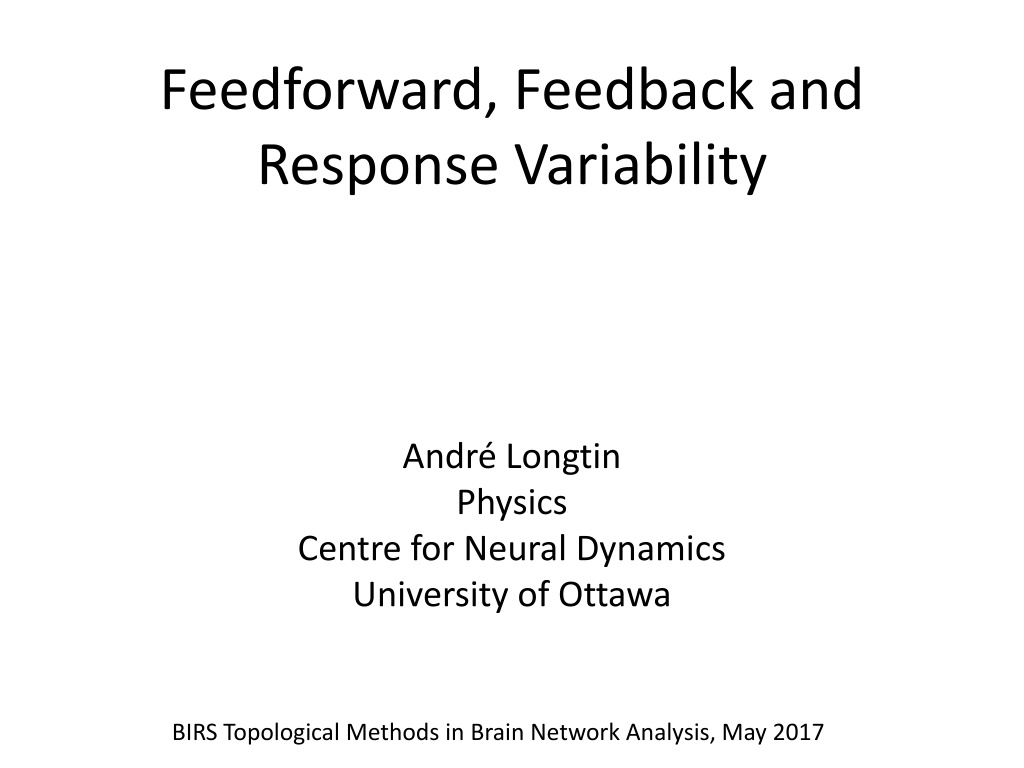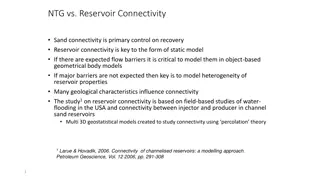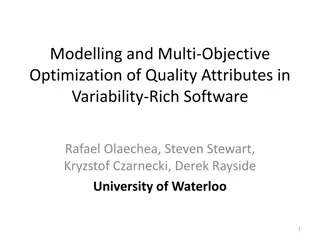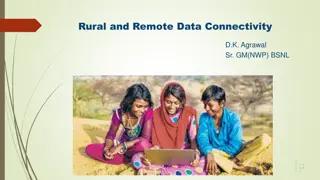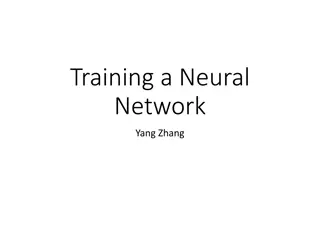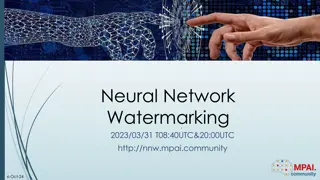Understanding Neural Response Variability and Connectivity Dynamics
Explore the intricate relationship between feedforward, feedback, and response variability in neural networks. Dive into the impact of noise on effective connectivity and network topology, as well as the challenges posed by noisy and delayed communication between brain regions. Discover the application of Linear Response Theory (LRT) for analyzing noisy spiking neurons and derive insights into network dynamics using the Fokker-Planck formalism.
Download Presentation

Please find below an Image/Link to download the presentation.
The content on the website is provided AS IS for your information and personal use only. It may not be sold, licensed, or shared on other websites without obtaining consent from the author. Download presentation by click this link. If you encounter any issues during the download, it is possible that the publisher has removed the file from their server.
E N D
Presentation Transcript
Feedforward, Feedback and Response Variability Andr Longtin Physics Centre for Neural Dynamics University of Ottawa BIRS Topological Methods in Brain Network Analysis, May 2017
QUESTIONS ORIGIN OF NEURAL RESPONSE VARIABILITY Are networks constantly reconfiguring themselves based on past history? HOW DOES THE NOISE INDUCE EFFECTIVE CONNECTIVITY (and topology)? Quasi-Cycles: noise induces oscillatory activity
The trouble with noise You have to use Fokker-Planck formalism to understand dynamics, and therefore, functional connectivity
Networks talk to each other slowly Delays between brain regions can be quite long (tens of milliseconds) But the trouble with noisy delayed networks is:
You cant use Fokker-Planck Dynamics are non-markovian But: We developed approximate formalism to understand random activity
Linear Response Theory (LRT) Can be very accurate even for: - noisy spiking neurons - delays - multiple populations - arbitrary connectivity - Spatially and temporally correlated input
Linear Response theory for spiking neural nets with noise and delay (2004,2005) yi(t) : spike train from ith neuron in a network Assuming weak inputs, the Fourier transform of the spike train is: Yi( )=Ybg( ) + A( ) Xi( ) A( ) intrinsic frequency response of the noisy neuron Xi(w): Fourier transform of input (external + feedback) to neuron i.
Linear Response theory for spiking neural nets with noise and delay (2004,2005) yi(t) : spike train from ith neuron in a network Assuming weak inputs, the Fourier transform of the spike train is: Yi( )=Ybg( ) + A( ) Xi( ) Spontaneous activity A( ) intrinsic frequency response of the noisy neuron Xi(w): Fourier transform of input (external + feedback) to neuron i.
FBN: Feedback FNN: feedforward IL: input layer OL: output layer
Why am I telling you about this? I have recently begun trying to understand EEG and fMRI data Controls + psychiatric patients For example, certain (depressed) patients have different perceptions of the flow of time Other (schizophrenic) patients have a different sense of peri- personal space Collaboration with Georg Northoff, Inst. Mental Health Research, Royal Ottawa Hospital I also started talking with Maia Fraser (Math Department, across the street)
With Georg and trainees, method to extract more predictability from evoked responses We look at human EEG data
New Adventure Can we use linear response theory to understand - response variability? - dependence on correlation time of resting state - how noise determines topological structure - Provide tests/null hypotheses about network activity that yield similar topological features across time scales varying topological features across repeated stimuli.
